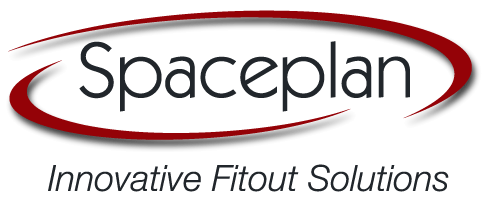In today’s rapidly changing work environment, businesses must stay ahead of evolving workplace expectations to remain competitive and retain top talent. We understand the significance of adapting to new workplace trends to keep employees engaged, motivated, and loyal. And in this post, we explore the emerging workplace expectations and provide insights on how organisations can manage employee engagement effectively.
The Importance of Employee Engagement
Employee engagement is a critical factor in determining a company’s success. With around 60% of people feeling disengaged from their jobs, businesses face challenges such as staff burnout, lower employee retention and reduced productivity. Engaged employees are more likely to excel in their tasks, stay motivated, and demonstrate loyalty to the company. To ensure that your employees remain engaged and committed to your company’s mission, it is crucial to keep up with the evolving workplace expectations.
Workplace as a Service (WaaS)
One of the emerging trends reshaping the workplace is Workplace as a Service (WaaS). Similar to Software as a Service (SaaS), WaaS leverages technological advancements and business demands to focus on the work environment. By updating the environment, office fitout companies can create a productive, tailor made workspace that aligns with their organisational needs and culture. This flexibility not only attracts top talent but also caters to diverse working styles, ensuring employees have the tools they need to succeed.
Designing Neurodiverse Spaces
Diversity in the workplace goes beyond cultural and gender differences, it also includes neurodiversity. Neurodivergent individuals bring unique perspectives and innovative solutions to a company’s mission. Therefore, designing workplaces that accommodate neurodiversity is not only inclusive but also beneficial for business. Inclusive workplaces for neurodivergent talent can feature simple and intuitive wayfinding, sensory stimulation, thoughtful use of colour and light, and noise reducing acoustics. These design elements help neurodivergent employees feel included and function effectively, contributing to a more dynamic and innovative workforce.
Embracing Hybrid Working Models
Hybrid working has become a widespread expectation among employees, with 74% of the Australian workforce preferring hybrid environments. This model’s flexibility allows employees to balance remote and in office work, leading to higher job satisfaction and productivity. For organisational leaders, providing tools and resources that support both remote and in office employees is essential.
Implementing a robust workplace strategy that includes technology, culture, security and company programs ensures inclusivity and accessibility for all employees. By doing so, organisations can maintain motivation, engagement and productivity across their entire workforce.
Fostering Collaboration and Social Interaction
Humans are inherently social beings and fostering collaboration and social interaction in the workplace can lead to significant productivity gains. Approximately 80% of businesses report improvements in efficiency and processes through enhanced social interaction and collaboration.
To promote collaboration, companies can implement:
- Central communication platforms
- Comfortable physical spaces
- Collaboration tools
- Innovation friendly culture
By creating an environment that supports collaboration, businesses can improve company culture, critical thinking and problem solving capabilities.
Looking Ahead Embrace the Future
As the workplace continues to evolve, businesses must go beyond merely managing expectations and strive to exceed them. Embracing change, adapting to new trends and building agility are key to staying relevant and attractive to top talent. The role of the office is evolving, not disappearing and by recognising and preparing for this, businesses can remain attractive places to work.

